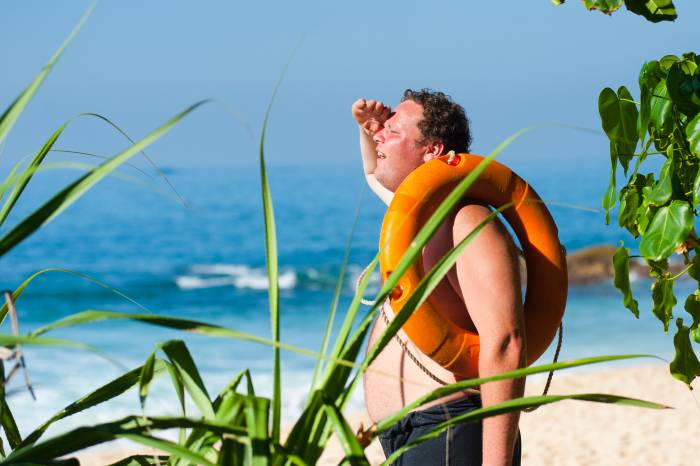What Is Sunburn?
How to Identify Sunburn
How to Avoid Sunburn
- Wear long-sleeved shirts and pants. Look for garments with UPF (ultraviolet protection factor) ratings, which block skin-damaging UV radiation. A UPF rating of 30 means the fabric allows 3% UV light to come through, thus blocking 97% of damaging rays.
- Wear a hat with a wide brim to keep the sun off your face and neck. People with thinning (or no) hair should also wear a hat to protect the scalp.
- Take breaks in the shade.
- Liberally apply “broad spectrum” or “multi-spectrum” sunblock (rated at least SPF 15) 15–30 minutes before going outside.
- Reapply sunblock every two hours. Sweat, clothing, water, and general absorption reduce the effectiveness of the original application.
- Be aware of medications you are taking. Some medications increase the skin’s sensitivity to the sun.
- Watch your little ones, who have more sensitive skin and higher skin surface area to body weight ratios.
- Pay particular attention to your ears, nose, and lips. All these catch rays, and sun protection can be wiped off easily.
- Don’t forget to protect your eyes. Wear sunglasses that block the harmful UVA and UVB rays.











